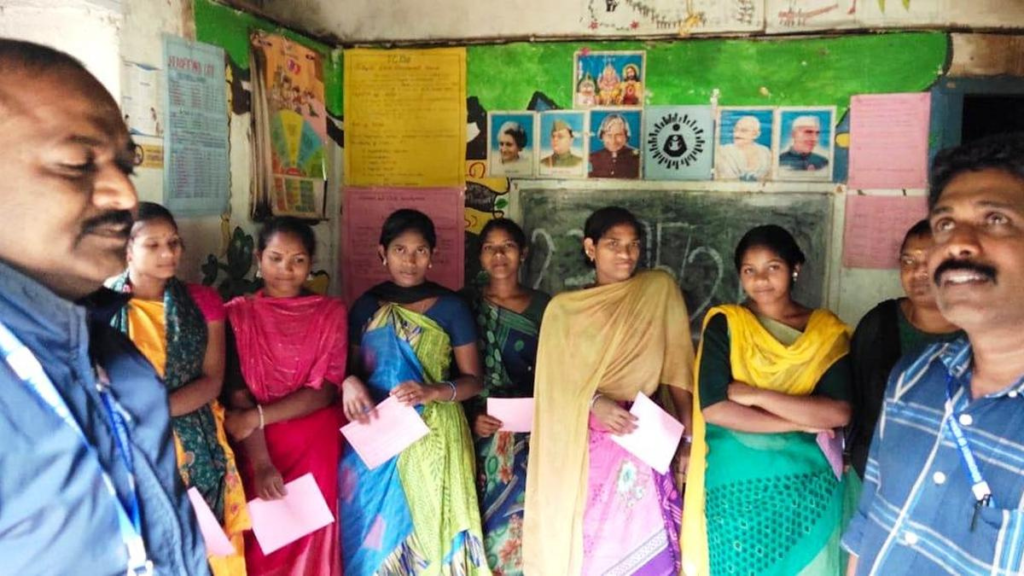The dropout rate among tribal students in Edamalakkudy, Kerala’s first tribal panchayat, is climbing steadily, threatening to make education a distant dream for many children in this remote region. Despite the State government’s efforts to upgrade the local lower primary (LP) school to an upper primary (UP) school two years ago, the number of students enrolling and attending school has been dropping year after year. This decline paints a troubling picture of the barriers tribal students face in continuing their education.
Declining Student Enrolment and Scholarship Challenges
According to local sources, the total number of students enrolled at the Edamalakkudy school decreased from 72 in the 2023–24 academic year to just 54 for 2024–25. Adding to the difficulty, nearly 30 of these students do not have Aadhaar cards, making them ineligible for scholarships and financial support schemes that could help their families manage education expenses.
This lack of access to government assistance deepens educational inequality and pushes vulnerable families to deprioritize schooling, contributing directly to the increasing dropout rate.
Staffing Issues and Impact on School Stability
The school’s staffing situation compounds the problem. Until recently, the headteacher was the only permanent staff member. However, he has now been transferred and will leave his post as the new academic year begins. With no permanent leadership in place, the school faces instability that could affect teaching quality and student retention.
The school is officially allotted six permanent teaching positions, but a chronic shortage of accommodation options for teachers discourages many from accepting long-term assignments. This turnover results in inconsistent teaching staff, further affecting the school environment and students’ learning experience.
Accessibility and Infrastructure Barriers
Many students travel from distant tribal settlements, often trekking two to three hours daily to reach the school. The lack of hostel facilities and basic amenities makes it difficult for students to attend regularly, especially those living farthest from the school.
The government had upgraded the school from LP to UP two years ago, but even the school’s official signage still reflects the old status. This administrative oversight hints at a broader neglect in providing necessary resources and infrastructure to the school.

Efforts to Improve Attendance and Enrollment
In response, the Samagra Shiksha Kerala (SSK) program has taken steps to raise awareness. The SSK block project coordinator, Shaji Thomas, explained that a door-to-door campaign was conducted across 21 tribal settlements in Edamalakkudy, urging parents to send their children to school regularly.
These efforts have yielded some positive results. The number of students joining Class I has doubled from eight last year to sixteen this year. Additionally, three new teachers have been appointed and are expected to join the school immediately, strengthening the teaching staff.
The panchayat also announced plans to build separate hostels for boys and girls. Such infrastructure development could significantly reduce absenteeism and dropout rates by providing safe, nearby accommodation for students.
Weather Disruptions and Isolated Settlements
The situation is further complicated by recent heavy rains that have isolated six tribal settlements. This natural disruption will prevent students from those areas from attending school at the start of the academic year, underscoring the fragility of educational access in this region.
District-Level Praveshanolsavam to Mark Academic Year Start
On Monday, the district-level Praveshanolsavam (school entry festival) will be inaugurated by Water Resources Minister Roshy Augustine at St. Sebastian’s UP School in Thodupuzha. This event celebrates the beginning of the academic year across the district and aims to motivate children, parents, and teachers alike to prioritize education.
Conclusion: The Road Ahead for Edamalakkudy’s Tribal Students
The rising dropout rate in Edamalakkudy reflects deep-rooted challenges — difficult geography, lack of facilities, administrative gaps, and limited resources. While recent government efforts, including school upgrades, awareness campaigns, and new teacher appointments, show promise, more sustained action is needed.
Improving infrastructure, especially hostel facilities, ensuring permanent and qualified staff, and facilitating scholarship access through Aadhaar enrolment drives are critical. Without these, education will continue to be an uphill battle for tribal children in Edamalakkudy, risking the future of an entire community.
ALSO READ
Felicitation Ceremony Honors Top Minority Students in Hyderabad
Record Financial Support for Mumbai University Students
Thoothukudi students receive uniforms and books on reopening day